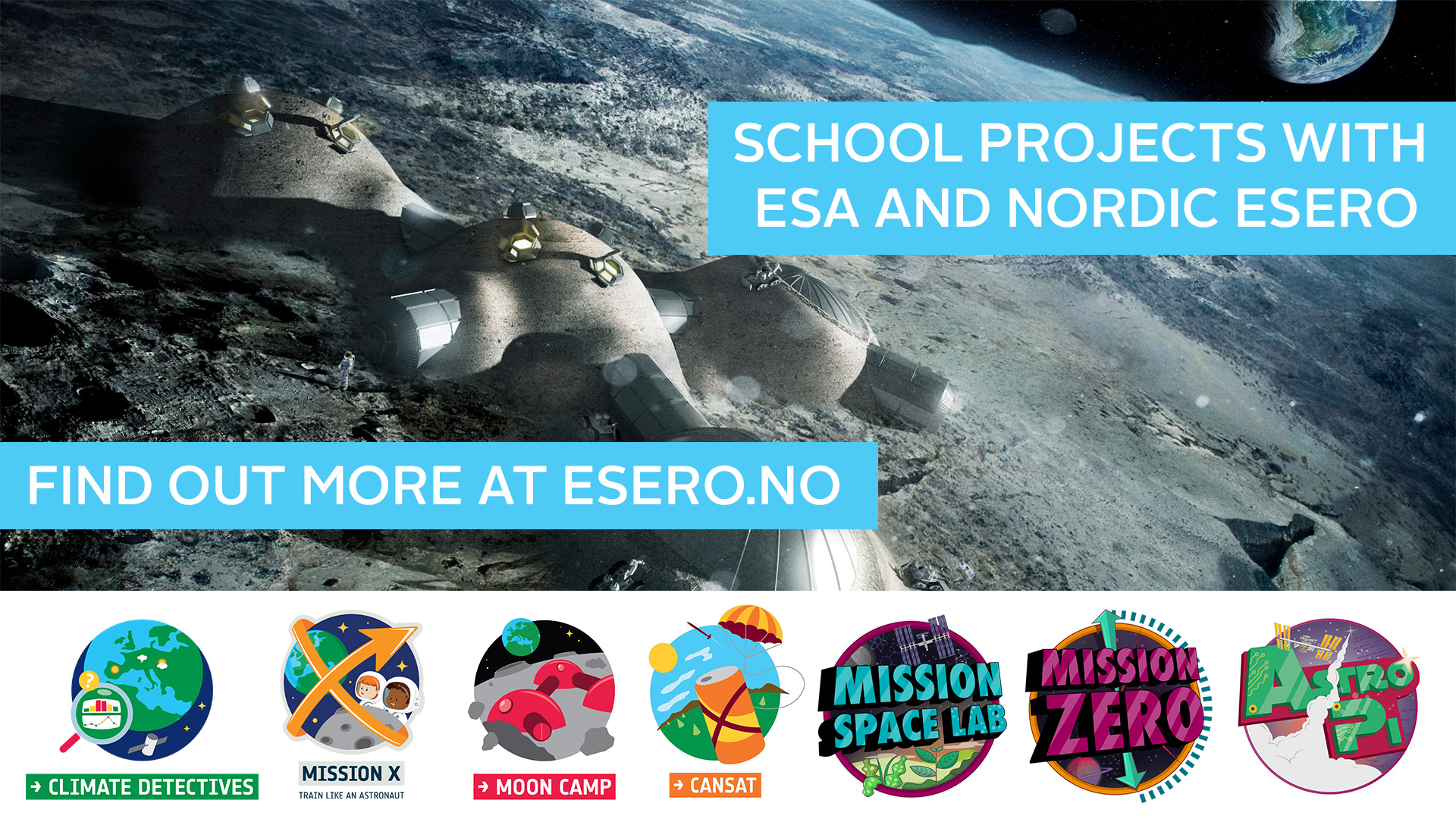
![]()
![]() Launch soda can satellites (CanSats), let your students program and have their code run on the International Space Station or choose a climate project. ESA Education has several good projects adapted to the school, here’s a summary of them so you can see if something is right for you as a teacher. Feel free to ask us more about the various projects at post@esero.no
Launch soda can satellites (CanSats), let your students program and have their code run on the International Space Station or choose a climate project. ESA Education has several good projects adapted to the school, here’s a summary of them so you can see if something is right for you as a teacher. Feel free to ask us more about the various projects at post@esero.no
Astro Pi
European Astro Pi Challenge is an ESA Education project run in collaboration with the Raspberry Pi Foundation. It gives students a fantastic opportunity to conduct scientific research in space by writing computer programs running on Raspberry Pi computers aboard the International Space Station (ISS). The Astro Pi Challenge is divided into two different missions with different levels of complexity: Mission Zero (up to 14 years) and Mission Space Lab (12 – 19 years) → Read more
Climate Detective
In this project, students groups are challenged to make a difference in their local environment. Students will identify and investigate a local climate challenge using satellite imagery or by taking measurements on the ground. Based on their results, they suggest a way to monitor or mitigate the challenge. In important phases of the project, real-world experts in Earth observation and environment will support the student groups by providing feedback on their survey plans. (8 – 15 years) → Read more
CanSat
In this project, student groups are building a small satellite (the size of a soda can) that will be laounched up to 1 km on a small rocket, or lifted up by a drone. Teams must complete two missions: The primary mission which is mandatory for everyone. This mission require students to measure air temperature and pressure and receive telemetry data on using a ground station. The secondary mission is open to students imagination and can vary from science to engineering experiments. (14 – 19 years). → Read more
Mission X
Mission X – Train as an astronaut is an international educational challenge that focuses on health, science, fitness and nutrition, and encourages students to train like a real astronaut. In this challenge, students practice scientific reasoning and teamwork while participating in practical STEM education and physical activities focused on strength, endurance, coordination, balance and spatial awareness. (8 – 12 years). → Read more
Moon Camp Challenge
In this international inspiration program, students will use innovative learning technologies to design their own lunar base with 3D modeling tools (Tinkercad or Fusion 360). The teams must also develop a series of scientific experiments to explore the extreme environment of space, and understand how astronauts should be able to live on the Moon. (6 – 18 years). → Read more

